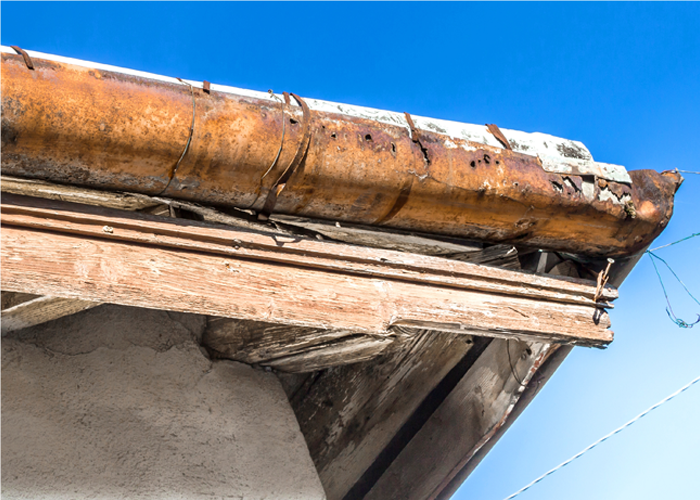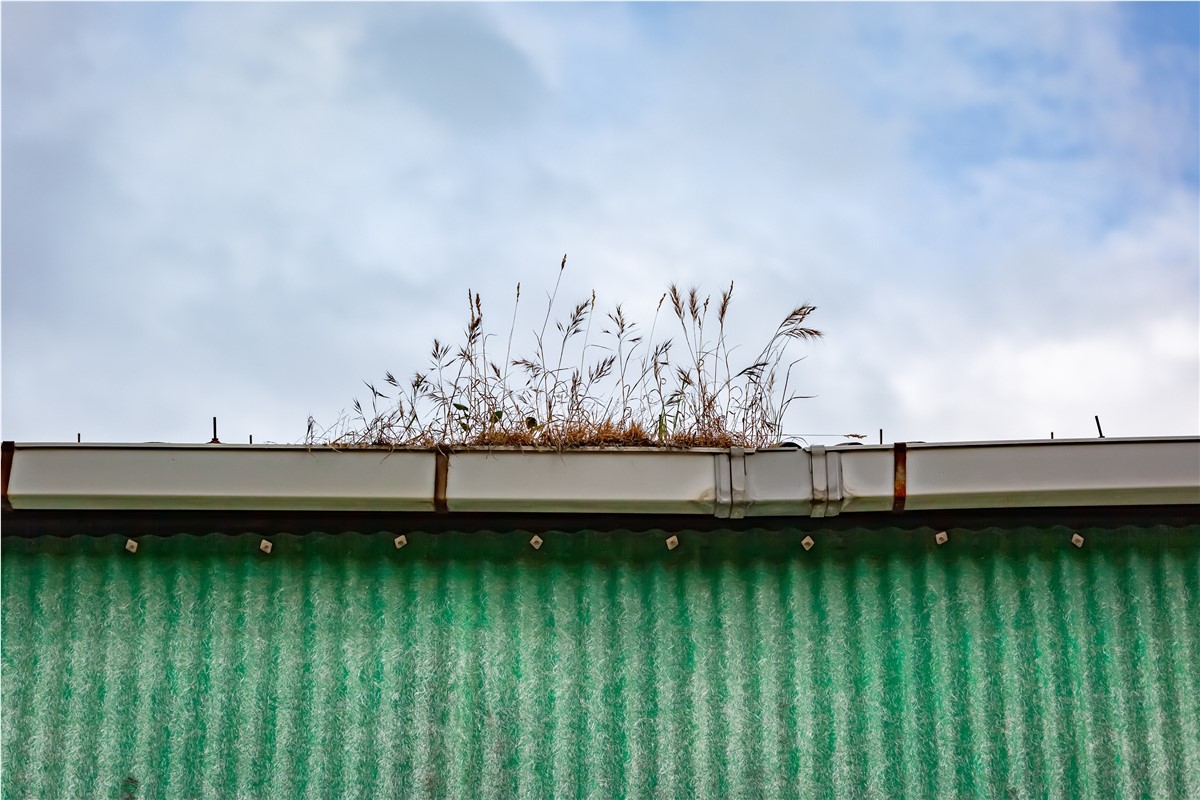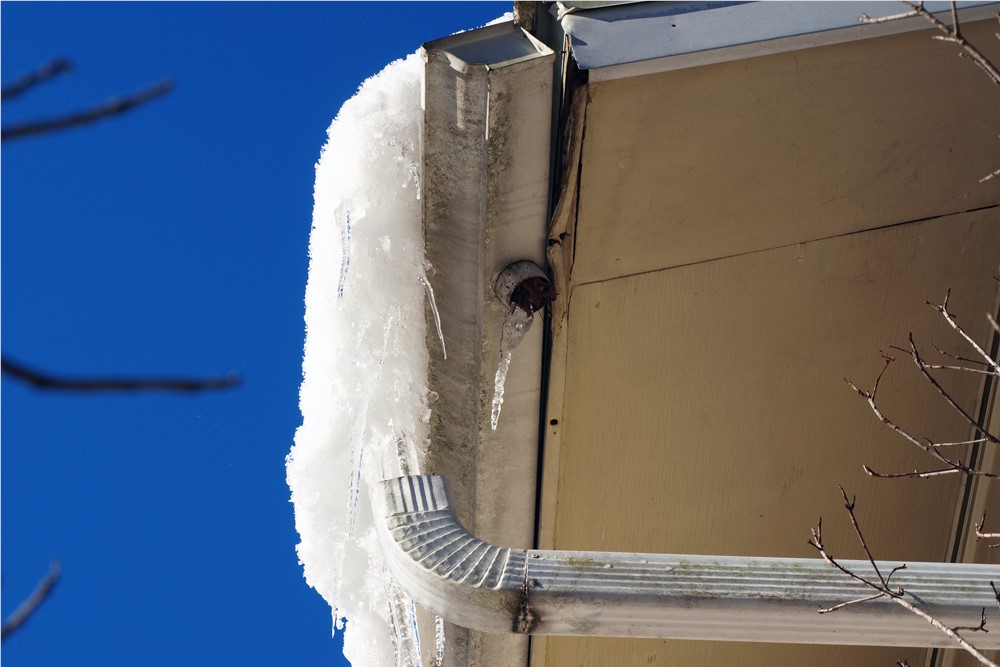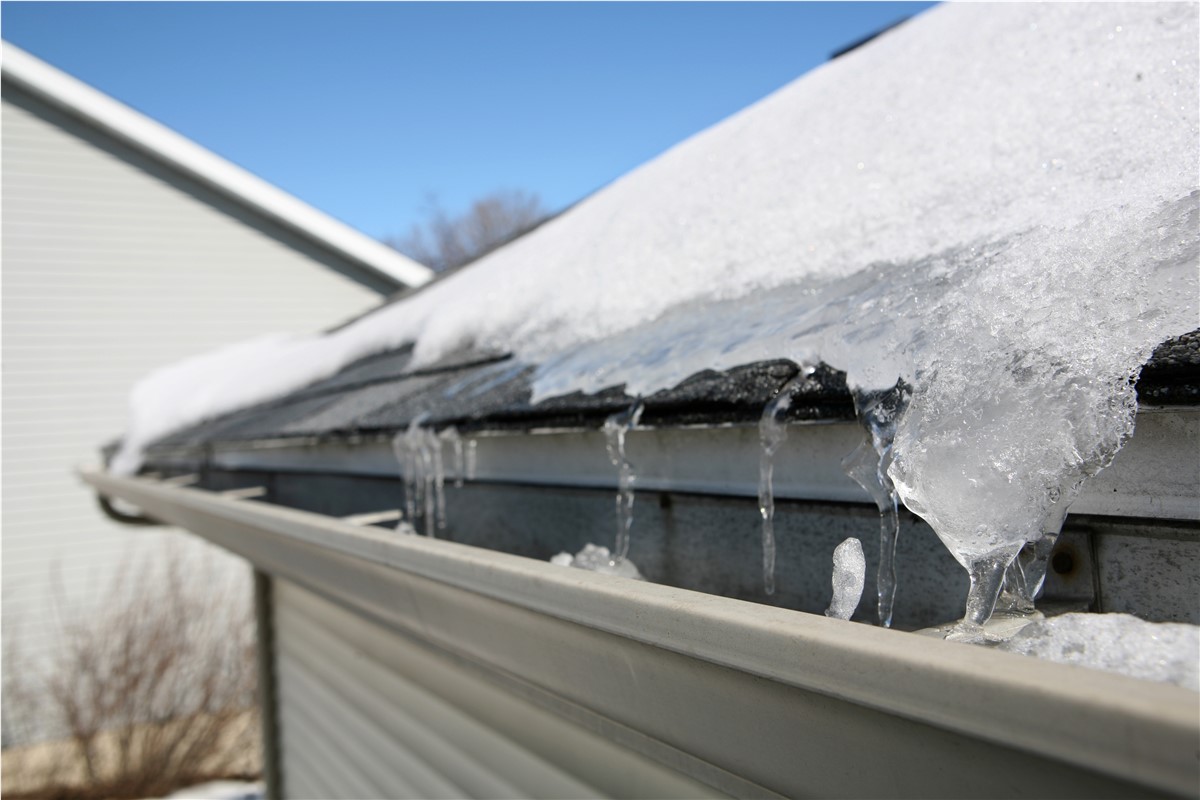When and Why to Replace Gutters
Gutters are an incredibly important aspect of all homes, especially those in more extreme climates. To start, it is critical to understand what to look for when you think you have a faulty or outdated gutter system. Most of the visible signs of gutter damage are incredibly easy to identify, and it's often obvious why they might cause issues.
Visible Signs of Damage
Rust on the gutters is a clear sign that something is not functioning properly. It is caused when water is not flowing out of the gutter and is given time to sit in the same place. This can be due to improper installation, slope angle issues, or clogs.
Rust is especially bad for gutters because it is corrosive and will create holes for the draining water to leak out of.

Vegetation growth is an easy-to-spot sign of a faulty gutter system. Either by falling from a tree or being blown in the air, plant material frequently rolls down the roof and through the gutters.
It is important that these gutters can handle leaves, seeds, sticks, and all sorts of debris to keep the water moving. Without proper drainage, the seeds get the time and water they need to germinate and grow. Once one has grown, more are bound to come and continue to be obstacles for flowing water.

Finally, parts of gutters that are dented or detached are indications of damage that needs repairing. Look for the gutter locations that stick out from the house the most if you are looking for hail damage.
Places with colder climates experience ice dams over the winter. These ridges of ice at the ends of roofs block gutters and force melting snow to seep into the roof and home. They also become very heavy, occasionally causing gutters to come apart from the home and hang off.

Why Do Gutter Systems Matter
If you notice any of the issues above on your property, it is time to call a professional to have your gutters inspected. Once gutters lose functionality and fail to push water away from the foundation of the home, it takes as little as a year to cause extreme damage.
Erosion: With water not being directed away from the home, it is forced to pool up around the property's foundation and begin to erode the materials. If temperatures get cold enough to freeze this water, it will expand and put pressure on the foundation, potentially creating a leak or flood.
Dirty Siding: Without gutters carrying water away from the homes, the water is forced down the siding while carrying dirt and debris all the way down. If the siding is made of wood, this poses a greater issue as it could become rotten. The water can wash out gardens or landscaping too.
Animals: Rodents like squirrels can chew through siding and fascia. Gutters typically cover the fascia, and without this protection, animals are more likely to make your home their home. In turn, this can function similarly with the foundation around the basement losing its integrity, allowing animals in the basement.
We answer a Frequently Asked Question every Friday! Do you have a question you need answered? Check out out other FAQs or leave us a comment!
Tags
Subscribe to Capital Construction LLC's Blog










Comments